oggetto numero:AP2308001 Specificazione:24T | 48T | 96T Magazzinaggio:-20℃
Introduzione al prodotto:
Malattia del becco e delle piume degli psittacidi (Chlamydia psittaci, CP)” has a round or oval shape with a diameter of approximately 0.3μm. It proliferates in cell vacuoles, forming loosely packed inclusion bodies. Cps is a naturally occurring pathogen that can be transmitted among mammals. Perciò, early, rapid, and convenient detection of Cps is crucial for diagnosis, slowing the spread of the disease, and preventing complications. This test kit is designed based on the conserved sequences in the Cps gene, with optimized conditions, enabling accurate fluorescent quantitative PCR testing of oral, cloacal swabs, sangue, and other tissue samples from birds. This facilitates the rapid determination of whether the host is infected with Cps.
Contenuto del prodotto:
| Reagent components | AN2308001-03(100T) |
| Cps Reaction Solution | 1150µl |
| Cps Premix Solution | 1150µl |
| Cps Positive control | 100μL |
| Negative control | 100μL |
Storage conditions:
Conservare a -20 ℃, the shelf life is at least 12 mesi.
Experimental operation:
- Preparazione del campione (Sample Preparation Area)
1.1 Requisiti del campione:
– Oral and cloacal swabs: Take a sterile cotton swab, insert it into the bird’s throat or cloaca, rotate three times, place it in a centrifuge tube, cut the exposed part, tightly close the cap, and label it. Samples that can be tested promptly should be stored at 2-8°C within 24 ore, and samples that cannot be tested promptly should be stored at -20°C.
– Sangue intero: Use EDTA as an anticoagulant, avoid heparin anticoagulant, use fresh whole blood, or store at 2-8°C for no more than 7 giorni, or store at -20°C for no more than 3 mesi, avoiding repeated freeze-thaw cycles.
– Tessuto: Take fresh muscle or organ tissue not exceeding 100mg, use 200-500μL sterile water to prepare tissue homogenate, and proceed with subsequent sample preparation.
1.2 Preparazione del campione:
Refer to the SanshiBio “Animal Genomic DNA Rapid Extraction Kit (for PCR analysis)” manual (Catalog: DP202), or other nucleic acid extraction kits/methods that meet relevant requirements, for nucleic acid extraction of processed samples. Place the extracted sample nucleic acid in a cooler and test as soon as possible. Store at 4°C for no more than 7 days or at -20°C for no more than 6 mesi.
- Reaction System Preparation (Reaction Area)
2.1 Take out each component of the kit, completely thaw at room temperature, centrifuga per 10 secondi, and centrifuge the liquid inside the tube wall and tube cap to the bottom of the tube. Prepare the reaction solution according to the sample quantity (n+2, where n is the number of samples, it is recommended to set up 1 positive control and 1 negative control for each experiment). Specific preparation method: Prendere (n+2) reaction tubes containing Cps premix solution, add 11.5µL of Cps reaction solution to each tube, use a pipette to thoroughly mix, 23µL per well, and store in a cooler.
2.2 Then sequentially add 2μL of negative control, extracted sample nucleic acid, and Cps positive control to the reaction solution. Close the tube cap, make a record, and the total volume of each reaction is 25μL. Mescolare accuratamente, centrifuga per 10 secondi, and perform amplification experiments on the PCR instrument.
- PCR Amplification (Amplification and Product Analysis Area)
Pre-denaturation at 95°C for 2 minuti; Denaturation at 95°C for 10 secondi, annealing and extension at 60°C for 35 secondi, 40 cycles. Collect fluorescence signals at 60°C. Choose the FAM fluorescence channel (use real-time fluorescence quantitative PCR instruments such as ABI series, if necessary, contact the manufacturer or add ROX correction dye; Altrimenti, follow normal procedures).
- Result Interpretation
4.1 Conditions for Experiment Validity:
Positive control FAM channel Ct value < 28 and a “S”-shaped amplification curve is observed; negative control has no Ct value or Ct value ≥ 38 and no “S”-shaped amplification curve, the experiment is valid. Otherwise, repeat the experiment; if the repeat experiment is still invalid, contact the manufacturer’s technical personnel.
4.2 Interpretation of Sample Results:
Ct value ≤ 33 and an “S”-shaped amplification curve indicates Cps positive;
Ct value between 33 < Ct < 38 is considered suspicious, and a retest is recommended. If the FAM channel retest Ct value is < 33 after excluding aerosol contamination and there is a clear amplification curve, it is considered Cps positive, otherwise considered negative;
No Ct value or Ct value ≥ 38 and no “S”-shaped amplification curve indicate Cps negative.
Precautions:
- To prevent contamination, the experiment should be strictly partitioned, and physical isolation between partitions is preferred to avoid cross-contamination due to human factors. Wear lab coats and latex gloves during the experiment, use tools independently in different areas, and change gloves and lab coats when needed. After PCR, do not open the lid immediately; open it after sufficient cooling to minimize aerosol contamination.
- Thaw the reagents completely before use, but avoid repeated freeze-thaw cycles. The PCR reaction tubes provided in the kit are 0.2mL; if replacement is needed, transfer after complete thawing. Strictly follow the instructions for reagent preparation and sample addition. Workstations, centrifuges, pipettes, and other instruments should be disinfected regularly with chlorine-containing disinfectants, alcohol, nucleic acid decontamination agents, or UV light.
- A negative result does not necessarily mean the host is not infected with the virus. Poor sample quality, low virus load, or the presence of strong inhibitory substances (such as alcohol, disinfectants, anticoagulants, eccetera.) may result in unsuccessful nucleic acid extraction (rilevamento) and a “negative” result. Follow the result interpretation criteria, and when there are suspicious results, first exclude aerosol contamination. If there are other questions, contact the manufacturer’s technical personnel.
- This product is for one-time use only. The components in the reagent are sensitive to natural light; avoid light exposure during packaging and storage. After packaging, do not repeatedly freeze-thaw. For scientific research use only; not for clinical diagnosis or other purposes.
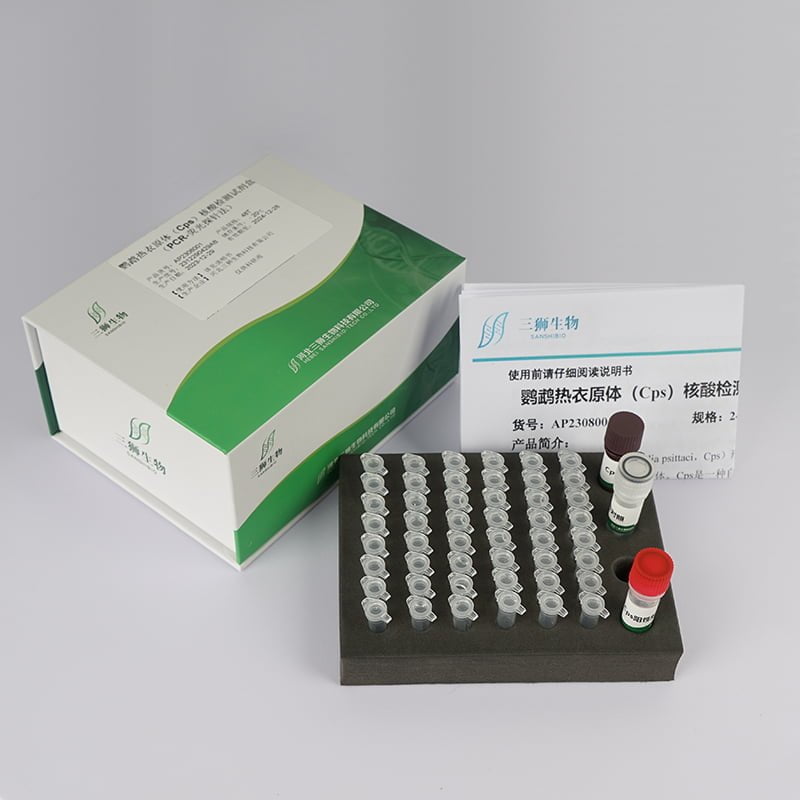
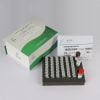
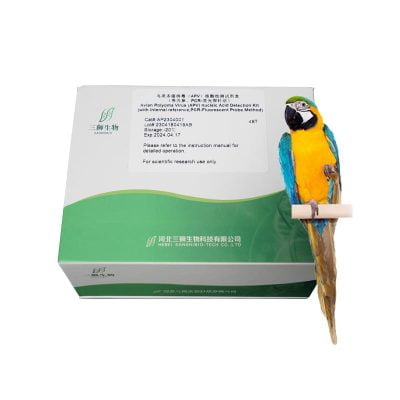
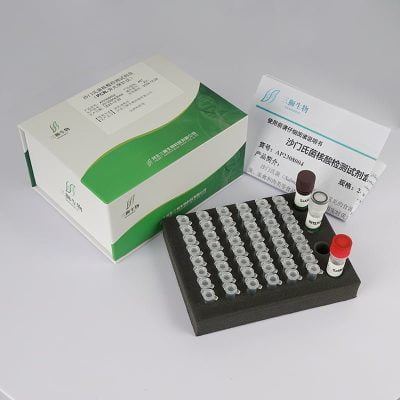
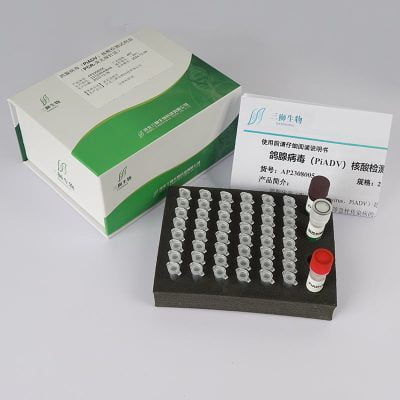
Recensioni
Non ci sono ancora recensioni.